Office File Cabinet
Original price was: KSh 28,000.00.KSh 24,500.00Current price is: KSh 24,500.00.
An office file cabinet is an essential piece of furniture for organizing documents, files, and office supplies in a secure and accessible manner. File cabinets come in various sizes, styles, and configurations to suit different office needs, from home offices to corporate environments. Here are some key considerations and features to look for when choosing an office file cabinet:
Key Features of an Office File Cabinet:
1. Size and Capacity:
- Two-Drawer, Three-Drawer, or Four-Drawer: The most common configurations, with two-drawer cabinets being compact and four-drawer cabinets providing more storage space.
- Lateral vs. Vertical:
- Vertical File Cabinets: These are typically taller and narrower, designed to hold files in a side-to-side orientation. They’re ideal for smaller spaces and for offices where vertical storage is preferred.
- Lateral File Cabinets: These are wider and allow files to be stored side-by-side, often offering more accessible and spacious storage.
- Depth: Standard depth for filing cabinets is around 18-24 inches, but deeper cabinets may be available for larger or legal-sized files.
2. Material:
- Metal: Most office file cabinets are made of steel or other metal alloys, offering durability, security, and a professional look. They’re sturdy, fire-resistant, and easy to clean.
- Wood: Wooden file cabinets add a warm, traditional aesthetic to an office. They’re often used in executive offices or home offices, where style is a priority. Wood cabinets may be made from solid wood, veneers, or MDF with wood laminate finishes.
- Plastic: Lightweight and often more affordable, plastic file cabinets are less durable than metal but can be a good choice for personal or small home offices.
3. Security Features:
- Locking Drawers: Many file cabinets come with a locking mechanism to secure confidential documents. Some models use a single lock to secure all drawers, while others have individual locks per drawer.
- Anti-Tip Mechanism: A good file cabinet should have a safety mechanism that prevents tipping over when multiple drawers are open at once, especially in taller units.
4. Drawer Configuration:
- File Sizes: Ensure the cabinet supports the file sizes you need, such as letter-sized or legal-sized documents. Most file cabinets are designed for letter-sized files (8.5” x 11”), but there are also cabinets designed to fit legal-sized documents (8.5” x 14”).
- File Rails: These allow hanging file folders to slide smoothly within the drawers. Many cabinets come with adjustable rails to accommodate both letter and legal-size files.
5. Design & Style:
- Modern vs. Traditional: Choose a file cabinet that complements the aesthetic of your office. Metal cabinets are sleek and industrial, while wooden cabinets tend to be more traditional or classic.
- Finish: Metal cabinets typically come in neutral colors like black, gray, or white, while wood cabinets can have a variety of finishes, such as cherry, oak, or walnut.
- Mobile File Cabinets: Some file cabinets come with wheels or casters, making them easy to move around. These are often smaller units, perfect for home offices or deskside use.
6. Functionality:
- Drawer Extensions: Some file cabinets offer full-extension drawers, allowing you to access files more easily from the back.
- Dividers & Organizers: Some cabinets include built-in dividers or tray organizers to keep files or office supplies separated and organized.
- Additional Features: Some models have extra compartments for storing office supplies, pens, and small items, while others may feature a combination of file and drawer storage for greater versatility.
7. Durability:
- Look for cabinets made of heavy-duty materials that can withstand frequent use. Steel or metal cabinets with reinforced corners are more durable than lightweight versions.
- Rust Resistance: In areas with high humidity, look for rust-resistant file cabinets to ensure they remain in good condition.
Popular Types of Office File Cabinets:
- Vertical File Cabinet: Tall and narrow, with drawers that hold files in a vertical position.
- Lateral File Cabinet: Wider and shorter, with side-by-side drawers designed for lateral file storage.
- Mobile File Cabinet: Smaller, often with wheels for portability, and usually designed for use next to a desk.
- Cabinet with Shelving: A combination of file drawers and open shelves, providing both organized document storage and space for books or office supplies.
- Fireproof File Cabinet: Specially designed to protect documents from fire or water damage, often using insulated materials.
- Pedestal File Cabinet: A compact unit typically found under desks, offering a combination of filing drawers and small drawer storage for office supplies.
Considerations When Choosing an Office File Cabinet:
- Space: Measure the available space in your office to ensure the cabinet will fit. Consider how many drawers or cabinets you need based on your file volume.
- Weight: Heavier-duty cabinets are more durable and can hold more weight, making them a better choice for businesses or heavy file use.
- Aesthetic: Ensure the cabinet complements your office decor. For a more cohesive look, choose a cabinet that matches your desk or other furniture.
Where to Buy Office File Cabinets:
- Furniture Stores: Many office supply stores (like Staples or Office Depot) or furniture stores (like IKEA or Wayfair) offer a wide range of filing cabinets in various sizes and materials.
- Online Retailers: Websites like Amazon, Overstock, or Houzz provide numerous options for office file cabinets, often with detailed reviews.
- Custom Furniture Makers: If you need a custom-sized or uniquely designed file cabinet, you might look for a local furniture maker or online artisans.

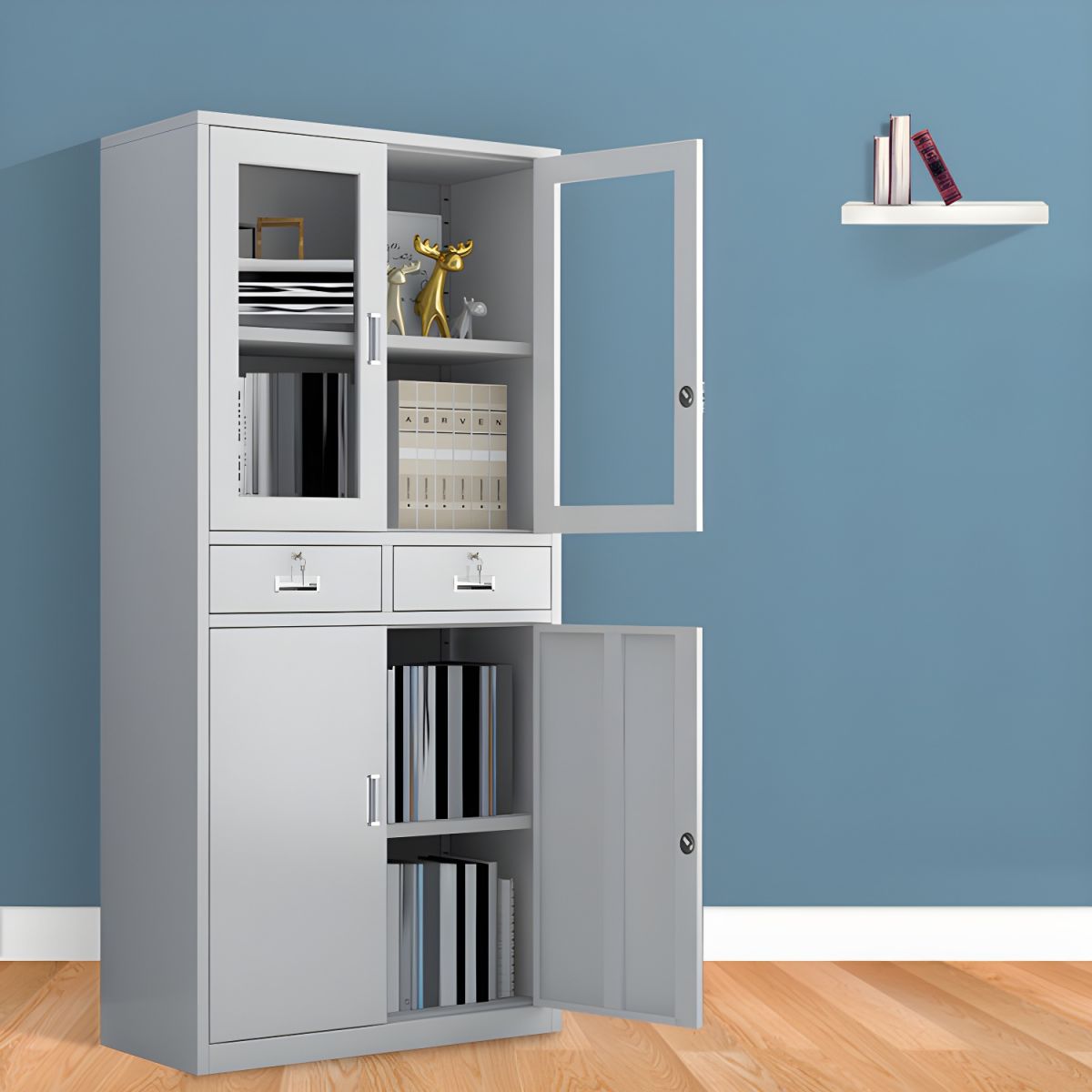
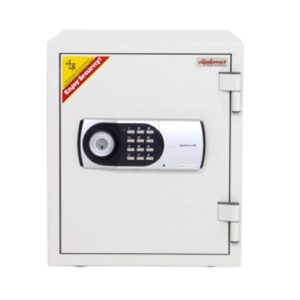
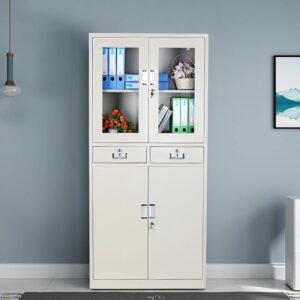

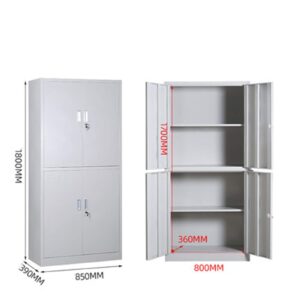
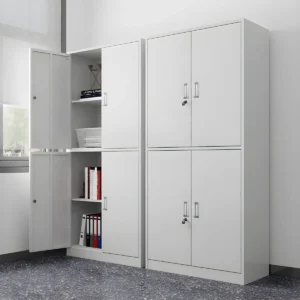
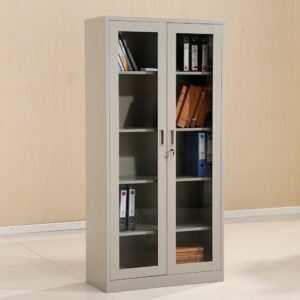
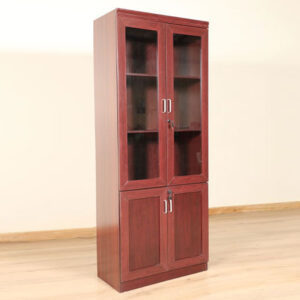
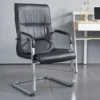
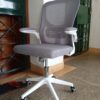
Reviews
There are no reviews yet.